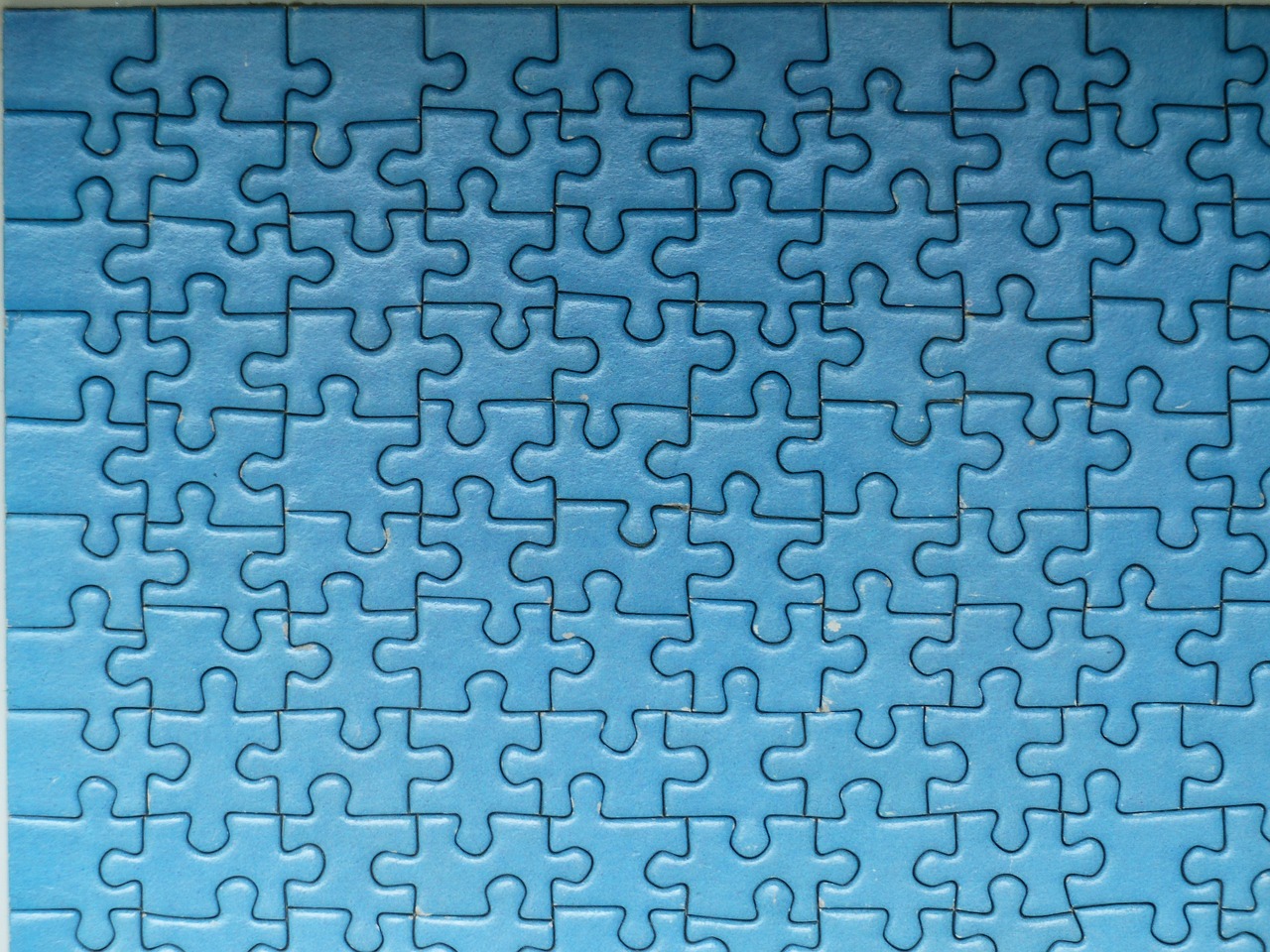Diagnosing Autism: A Revolutionary Perspective
This thought-provoking piece by fellow translator, researcher and activist Rosa María García, originally published in Spanish on Pikara, ties in many themes that we hold close to our hearts in GMC: autonomy, recognition, revolution, authenticity, and care. We hope that the reader will enjoy it and take inspiration to use whatever means feel safe and meaningful to understand themself better and their rightful place in this world.
***
As an autistic trans person, I have always been confused by a certain paradox that mainstream trans activism has settled into. Even though leftist positions recently seem to have become more prominent, the movement’s loudest voices over the past fifteen years have been focused exclusively on depathologisation, to some extent as a necessary step towards gender self-determination. “We aren’t ill,” we proclaim as we demand bodily autonomy. In fact, it is true that the ways in which psychopathology manuals have historically dealt with transgender people – as well as other “sexual deviants” – directly reflect Europe’s antiquated moral values around sex. They are little more than the laments of a priest wearing a doctor’s coat.
With this in mind, what are the implications for other victims of psychiatric violence? If the depathologisation of transness is a necessary step in the basic goal of having greater autonomy or agency, why are we not speaking about the role pathologisation plays in psychiatric practices such as surveillance, assessment, sectioning, and torture?
This perspective also speaks to the limitations of certain approaches to neurodivergent activism, which hinges on more and better diagnoses. Through this lens, autistic women, particularly those without the conceptual tools to understand themselves as such until they reach adulthood, are generally seen as “underdiagnosed”.
The truth is that we don’t need the DSM to find meaningful categories for ourselves. For example, I personally see myself better represented in (or, as Althusser would say, “interpellated” by) the characteristics of an autism diagnosis than those of the “gender dysphoria” diagnosis I received. Even if, after five years on hormones, I can say that changing my body – and with it my own perception of myself – saved my life, I still had to invent a personal narrative in line with institutional preconceptions, so that a man who did know me at all could give me an official diagnosis.
Trans experiences constantly reveal mainstream diagnostics to be a form of institutionalised blackmail or ultimatum. Although diagnosis is officially touted as an “exact science” – or at least “medically valid” and reasonable – at the end of the day, it is simply based on the opinion of so-called “experts”. In reality, you would be hard pressed to find a single trans person who has not learned, for better or worse, that in order to have their gender correctly recognised, they first have to fabricate a personal and physical narrative featuring very specific images: mainstream (i.e. sexist) femininity or masculinity, heterosexuality, suffering. For those assigned male at birth, this often involves attaining a minimum level of “fuckability”, of arousing the fetishistic desires of men.

Psychiatric diagnosis serves not only as a screening tool, but also as a State-sanctioned medical strategy. It endorses and prescribes a standard for social differentiation: “You are normal, but you are not. You can do this job, but you can’t.” Despite the illusion that diagnoses give us tools to better understand ourselves, the only truly positive thing that they do is provide a conceptual framework of sorts. Much of this framework unfortunately consists of vestiges of antiquated 19th-century psychopathology, such as the hyper-feminised catch-all diagnosis of borderline personality disorder (BPD) which is essentially used to mean “female hysteria”. However, other aspects of the framework include concepts that are worth reappropriating, as the autistic community has often done. Robert Chapman, for instance, has written some enlightening articles on diagnosis and autism.
From this perspective, “self diagnosis” is of course a contradiction in terms, diagnosis being a tool of the State. Whether it is something forced upon us or something we wish to make use of, at the end of the day this tool has its own agenda, both implicit and explicit. Stating that we can diagnose ourselves is just as wrong-headed as saying that someone is “censoring” someone else when they have no actual power to enact or implement censorship. In this way, “self-diagnosis” is simply an act of reappropriation.
As has often been said (for example by Micha Frazer-Carrol in Mad World, 2023), the pathologisation of “mental disorders” is generally a strategy used to individualise the damage produced by a world organised around violence in ways that constantly disable us. It causes problems that extend far beyond anxiety, depression, and suicidal ideation. The isolation, domestic abuse, financial exploitation by employers or landlords, and police violence with which racialised people and sex workers live – and die – often end up turning people into shadows of themselves, as they attempt to survive by whatever means they can.
There is a reason why nobody leaves prison better off than when they entered that horrifying institution, and this is the same reason why it is so hard to talk about sectioning someone under the guise of mental health concerns – it structurally imposes a kind of suffering that ends up determining what course our lives will take.
The psychiatric model results in “mentally disturbed” people who, once diagnosed, are forever seen and treated in terms of their “illness”. This carries a very clear social weight, but more importantly, it shapes the medical field in the most brutal of ways. The most obvious consequences can be seen in the policies of involuntary commitment, surveillance, and torture used in psychiatric “hospitals”. As a friend once told me: “Rosa, I’d rather die than get locked up again.”
The suffering does not end upon discharge from these institutions either. There will always be a looming threat of “involuntary hospitalisation” or losing one’s autonomy at the first sign of any behaviour perceived as slightly disruptive. Psychiatric commitment is a process of dehumanisation and loss of personal freedom, and it comes with the permanent threat of torture. It is a kind of political exceptionalism that produces abject subjects whose humanity can be revoked at any time.
Furthermore, psychiatric apparatus cannot be considered without taking into account how ableism structures its institutions and processes. If there is an image of autism burned into the popular medical notion of its diagnosis, it is that of a child, assigned male, who does not speak and cannot stand physical contact. The problem, however, is not that this idea is incomplete (though indeed it is). The important point, which this “apolitical” way of thinking cannot begin to address, is that this image fits into a neurotypical purging of vulnerability from the norm. It evokes a specific social disqualification – what Tobin Siebers (Disability Aesthetics) calls “the aesthetics of human disqualification” – and reinforces the “saviour” role of the caregiver.
The “autistic child” and their blue puzzle piece have been crystallised into a mythic image, the ideal expression of an artificial disability. This child is a burden to be tended to, a problem to be taken care of, the personified and static absence of the very abilities that have defined “humanity” since antiquity: speech, sociability, autonomy, the ability to heal. Another friend of mine puts it this way: “As long as you don’t bother anyone, you’re not disabled.”

This image of autism not only fulfils the descriptive function of classification, but is also tied to other secondary functions related to the idea of how one should live their life. “Late diagnosis” of autism occurs when the subject’s particular brand of dysfunction is considered “mild”, not according to social norms but rather to their level of productivity. In order to recognise disability, the State requires dependence and vulnerability; it imposes a certain existential precarity. It issues an ultimatum: “As long as you are ‘able’ complete basic productive tasks, we cannot consider you disabled.”
Anyone who has been through the process of getting an autism diagnosis has encountered these kinds of questions. A friend of mine shared their experience as follows: “The woman assessing my level of disability kept saying, ‘But you still go to class even though you don’t talk to anyone, right? You can still speak and socialise, even if it’s just online.’” Another friend had a similar story: “They said that I spoke well and didn’t have any ‘cognitive deficiencies’, that what I really had was just anxiety and that I should get used to not relying on outside support.”
This kind of coercion downplays the problems and suffering that we experience, while our inability to obtain employment disproportionately pushes us into poverty and sex work, a connection that patriarchal “prostitution abolitionists” are loathe to draw. This strips people with disabilities, whether officially recognised or not, of their overall autonomy via a system that focuses on labour and benefits from (feminised) carework.
By manipulating us in this way, the State props up lines of reasoning and practices that stipulate what disability, vulnerability, dependence and care mean in a capitalist society. In other words, when this kind of coercion is inscribed in the social patterns of our lives – in our natural ability to “function” in a society and be productive, in providing care both within the family and globally institutionalised networks, and even in the fabric of our welfare system – it produces policies that have a direct social impact on our bodies, our ability to be vulnerable, and the care we receive.
Of course, we can pose some questions on this issue. What does it mean to be disabled – or rather, to be made disabled? What kinds of dysfunction are denied social recognition and why? What sort of future can disabled people expect? What does it mean to have access to vulnerability and care in a capitalist society? What would it mean to create an alternative method of organising labour, care work in particular?
All of these unanswered questions can be useful tools for further reflection, but our priority should lie with creating effective and accessible alternatives. If we focus our discussions and questions on a revolutionary perspective, this is only one of the many facets of the fight of what Amaia Pérez Orozco calls “life against capital”. Nevertheless, accessibility is an important aspect in the process of creating opportunities and possibilities in the lives of as many people as possible. Although many may not want to be reminded of this, accessibility is in fact one of the fundamental principles of a socialist society, a society designed not to maintain the cycle of capital, but simply to enable us to live our own lives: “From each according to their ability, to each according to their needs.”
![]()
Produced by Guerrilla Translation under a Peer Production License
– Written by Rosa María García
– Translated by Timothy McKeon
– Edited by Alex Minshall
– Header image by Anna Lysenko from Pixabay
– First in-text image by Carlos / Saigon – Vietnam from Pixabay
– Second in-text image by Hans from Pixabay
– Original Spanish language version published by Pikara
